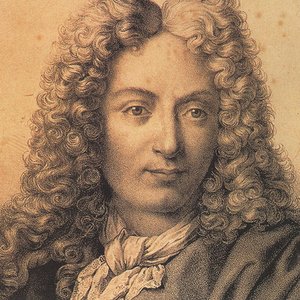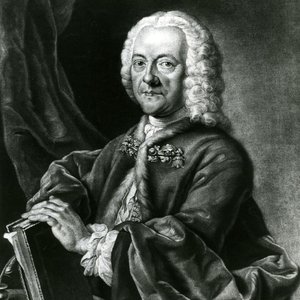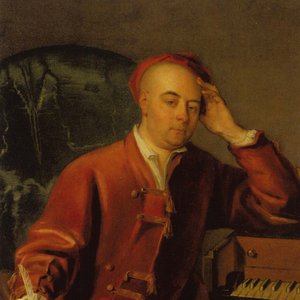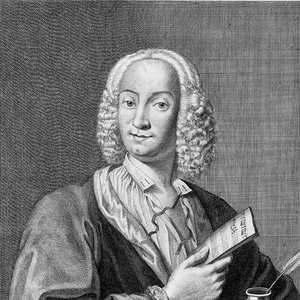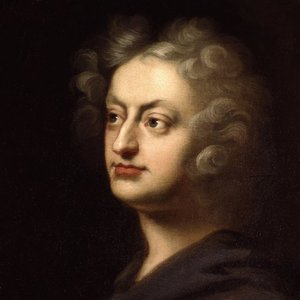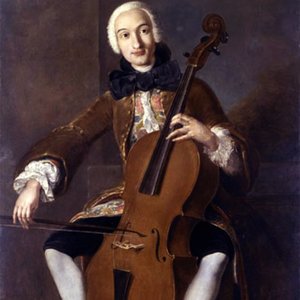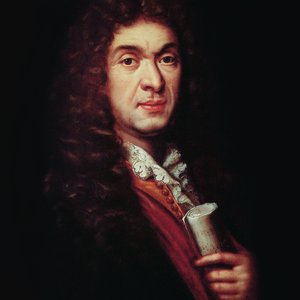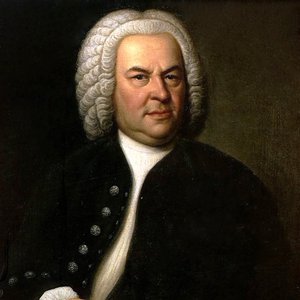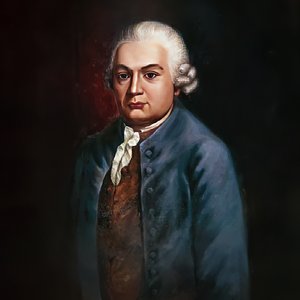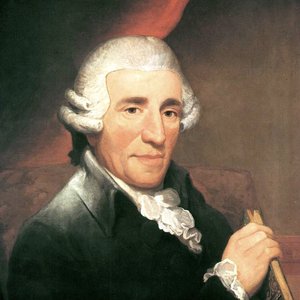Biography
-
Born
8 June 1671
-
Born In
Venezia, Venezia, Veneto, Italy
-
Died
17 January 1751 (aged 79)
Tomaso Giovanni Albinoni or most correctly Tomaso Albinoni (June 8, 1671, Venice, Italy – January 17, 1751, Venice) was a Venetian baroque composer. While famous in his day as an opera composer, he is mainly remembered today for his instrumental music, some of which is regularly recorded. Famous “Albinoni Adagio in G minor”, which is one of the most frequently recorded pieces of Baroque music, actually was composed by the 20th-century musicologist and Albinoni biographer Remo Giazotto and based on the disputed discovery of a manuscript fragment from Albinoni.
Born to Antonio Albinoni (1634–1709), a wealthy paper merchant and nobleman in Venice, he studied violin and singing. Relatively little is known about his life, especially considering his contemporary stature as a composer and the comparatively well-documented period in which he lived. In 1694 he dedicated his Opus 1 to the fellow-Venetian Pietro, Cardinal Ottoboni (grand-nephew of Pope Alexander VIII); Ottoboni was an important patron in Rome of other composers, such as Arcangelo Corelli.
Albinoni was employed in 1700 as a violinist to the Fernando Carlo, Duke of Mantua, to whom he dedicated his Opus 2 collection of instrumental pieces. In 1701 he wrote his hugely popular suites Opus 3, and dedicated that collection to Grand Duke Ferdinand III of Tuscany.
In 1705 he was married; Antonino Biffi, the maestro di cappella of San Marco was a witness, and evidently was a friend of Albinoni's. Albinoni seems to have no other connection with that primary musical establishment in Venice, however, and achieved his early fame as an opera composer at many cities in Italy, including Venice, Genoa, Bologna, Mantua, Udine, Piacenza, and Naples.
During this time he was also composing instrumental music in abundance: prior to 1705, he mostly wrote trio sonatas and violin concertos, but between then and 1719 he wrote solo sonatas and concertos for oboe.
Unlike most composers of his time, he appears never to have sought a post at either a church or court of nobility, but then he was a man of independent means and had the option to compose music independently. Then, in 1722, Maximilian II Emanuel, Elector of Bavaria, to whom Albinoni had dedicated a set of twelve concertos, invited him to direct the Elector's operas.
In 1742 a collection of Albinoni's violin sonatas was published in France as a posthumous work, and scholars long presumed that meant that Albinoni had died by that time. However it appears he lived on in Venice in obscurity; a record from the parish of San Barnaba, where he was born, indicates a Tomaso Albinoni died in 1751, "age 84" (presumed to be a mistake), of diabetes.
Artist descriptions on Last.fm are editable by everyone. Feel free to contribute!
All user-contributed text on this page is available under the Creative Commons Attribution-ShareAlike License; additional terms may apply.

